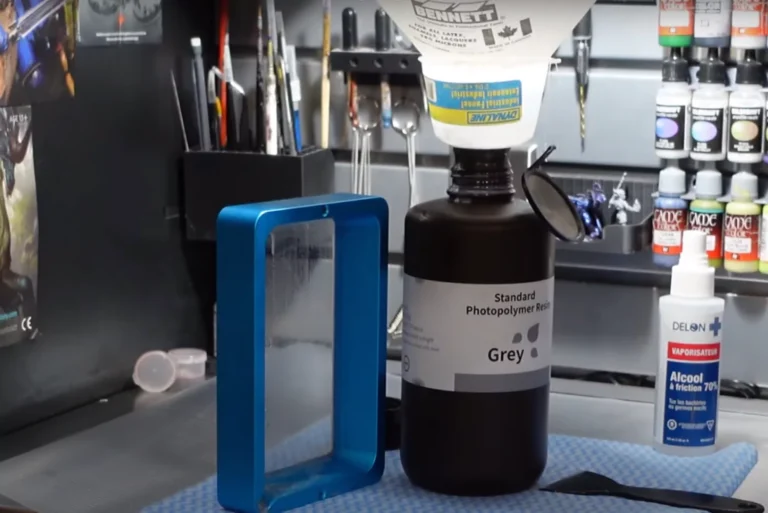Can 3d printers print metal | My 3D Take
Printing metal with a 3D printer, a cutting-edge technology known as metal 3D printing or additive manufacturing, has revolutionized traditional manufacturing processes. Unlike conventional methods that involve subtracting material through machining, metal 3D printing builds up complex structures layer by layer, allowing for unparalleled design freedom and intricate geometries. This groundbreaking technique utilizes various metal alloys, including titanium, aluminum, stainless steel, and even precious metals like gold and silver, expanding the possibilities for industries ranging from aerospace and automotive to healthcare and jewelry.
The metal 3D printing process typically involves using a fine metal powder, which is selectively melted or sintered by a laser or electron beam according to a digital model. This precise layer-by-layer approach enables the creation of intricate and customized components that were once deemed impossible or economically unfeasible. One of the notable advantages of metal 3D printing is the reduction in material waste, as the additive nature of the process ensures that only the necessary amount of material is used, contributing to sustainability efforts in manufacturing.However, it’s essential to note that metal 3D printing presents its own set of challenges and considerations. Controlling factors such as temperature, cooling rates, and the behavior of molten metal requires advanced technology and expertise. Additionally, post-processing steps, such as heat treatment and finishing, may be necessary to achieve the desired mechanical properties and surface finishes. As technology continues to advance, researchers and engineers are continually refining the metal 3D printing process, addressing these challenges and pushing the boundaries of what is achievable in terms of material properties, speed, and cost-effectiveness.In conclusion, the ability to print metal with a 3D printer has opened up a realm of possibilities in manufacturing, allowing for unprecedented levels of customization, complexity, and efficiency. As technology continues to advance, metal 3D printing is poised to play an increasingly integral role in various industries, shaping the future of how we design and produce metal components.







